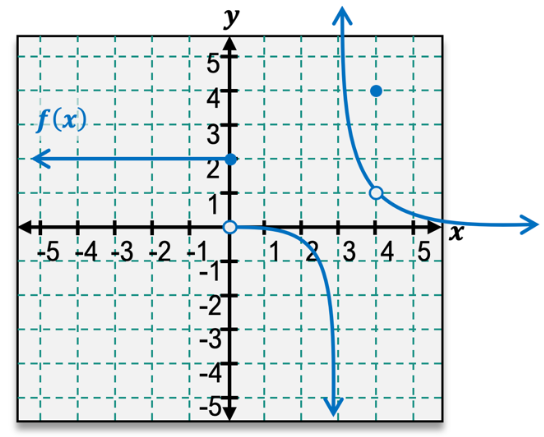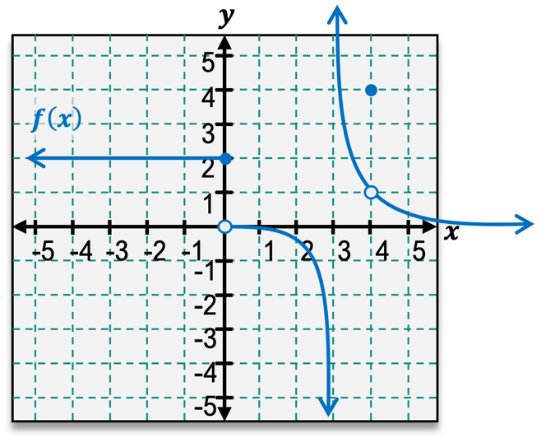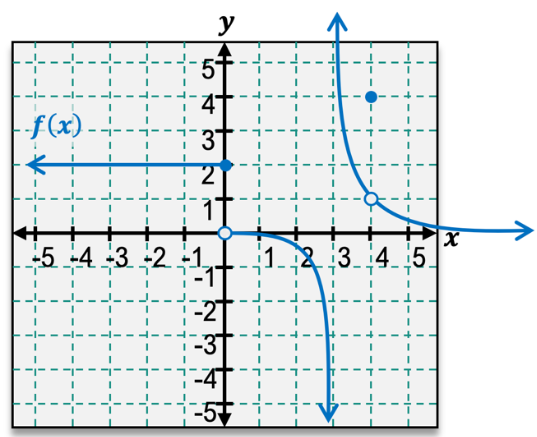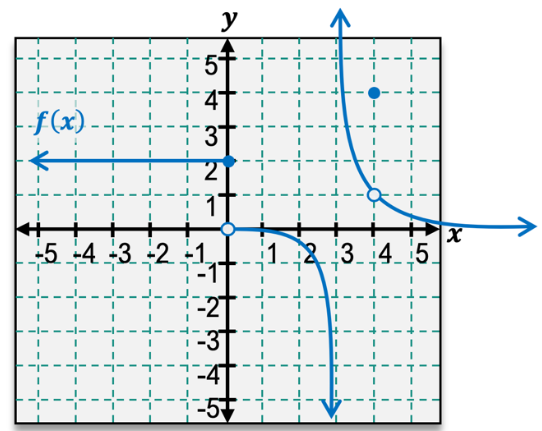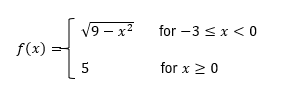Continuity in mathematics refers to the behavior of a function at a specific point. A function is considered continuous at a point c if the limit of the function as x approaches c equals the function's value at that point. In mathematical terms, this can be expressed as:
\[\lim_{{x \to c}} f(x) = f(c)\]
When both sides of this equation are equal, the function is continuous at c. Conversely, if the limit does not equal the function value, the function is discontinuous at that point.
To visually assess continuity, one can trace the graph of the function. If you can draw through the point without lifting your pencil, the function is continuous there. If you must lift your pencil, it indicates a discontinuity. For example, if a function has a hole at x = 2, the limit may approach a certain value, but the function value is undefined, indicating discontinuity.
Discontinuities can arise from various situations, including:
- Holes in the graph
- Jump discontinuities, where the function abruptly changes value
- Asymptotes, where the function approaches infinity or negative infinity
Rational functions and piecewise functions frequently exhibit these types of discontinuities. For instance, consider the following examples to determine continuity:
1. For c = -2, if the limit as x approaches -2 from both sides equals the function value at -2, the function is continuous.
2. For c = 4, if the left-hand limit and right-hand limit do not match, the limit does not exist, indicating a jump discontinuity.
3. For c = 1, if the limit approaches negative infinity and the function value is undefined due to an asymptote, the function is discontinuous.
Understanding these concepts allows for a deeper comprehension of function behavior and the identification of continuity and discontinuity in various mathematical contexts.

